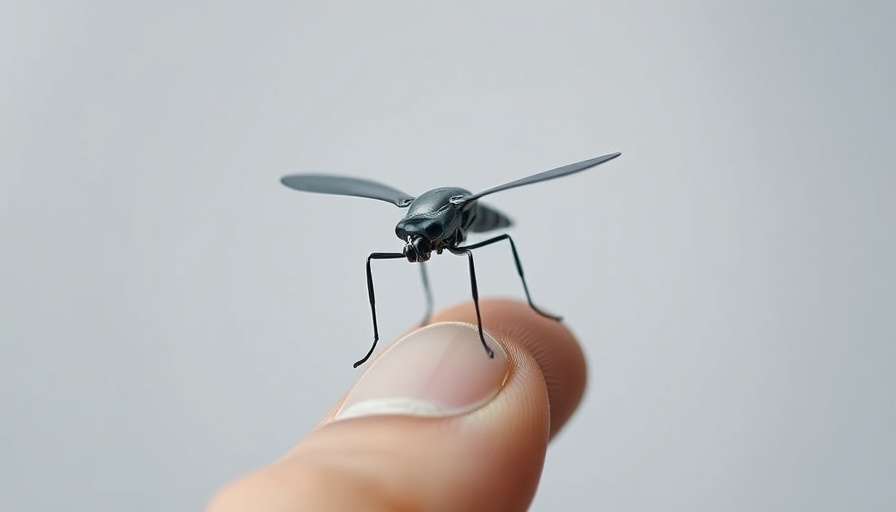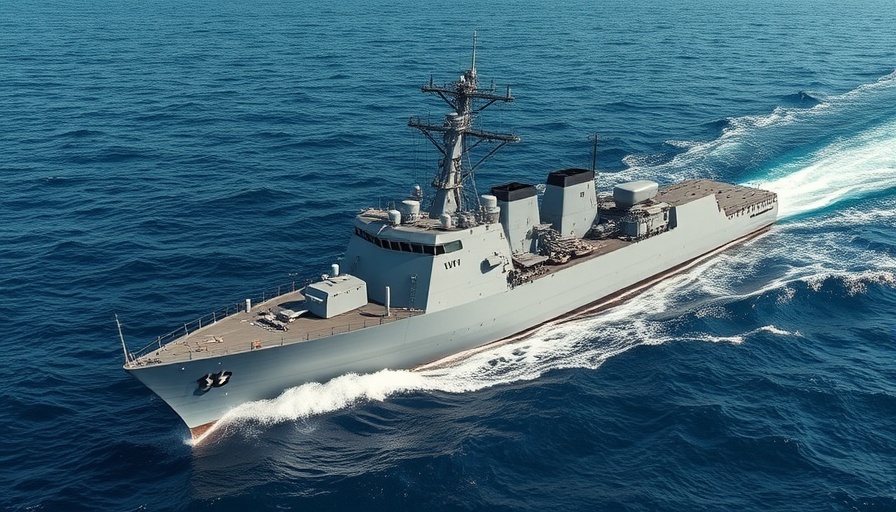
China's Innovations in Military Drone Technology
Last month, China unveiled a groundbreaking military innovation: a mosquito-sized spy drone. This minuscule unmanned aerial vehicle (UAV) was showcased by the National University of Defense Technology on the state-run CCTV-7 military broadcaster. The drone, about the size of a human fingernail, features delicate, leaf-like wings and thin legs, making it a fascinating advancement in covert military operations.
Potential Capabilities: Surveillance and Reconnaissance
Experts are optimistic about the drone's potential applications, particularly in surveillance. Herb Lin, a senior research scholar at Stanford's Center for International Security and Cooperation, suggests the drone could be instrumental for capturing video feeds inside buildings. Its small frame allows for discreet operations, providing a level of stealth that larger drones might lack.
Limitations of Small Drone Technology
However, the drone's small size also poses significant challenges. Samuel Bendett, an advisor with the Center for Naval Analyses, points out the adverse effects of external conditions on such tiny drones. Strong winds, rain, and even indoor airflows can impede performance. The drone's light frame makes it particularly vulnerable, limiting its operational effectiveness in unpredictable environments.
Communication Challenges: Navigating the Airwaves
Communication capabilities may also be affected by the drone's size. Bendett elaborates that a lightweight drone struggles to carry advanced communication equipment, which could hinder its operational effectiveness. The balance between size and functionality becomes critical in military applications where reliable communication is essential.
Innovation as a Competitive Advantage
Despite the challenges, Joshua Horowitz, a senior fellow for technology and innovation at the Council on Foreign Relations, sees this move as an indication of China’s commitment to pushing the boundaries of drone technology. He argues that the unveiling of this micro-drone signals a desire for technological advancement and competitiveness in the military arena.
Future of Military Drones: Capabilities and Deployments
The actual deployment of such technology remains uncertain, with analysts divided on how soon these drones will be integrated into military operations. Questions surrounding their capabilities, mission types, and the extent of their effectiveness are still open for discussion, as researchers and military strategists continue to ponder the implications of this technological leap.
What Does This Mean for Global Security?
This new innovation raises critical questions about global security dynamics. As China advances in drone technology, other nations may accelerate their own military innovations to keep pace. The reality of asymmetric warfare, where smaller, more agile weapons can counterbalance traditional larger military forces, is increasingly becoming a focus of modern defense strategies.
Engaging with Future Trends in Drone Technology
In a world increasingly reliant on technological advancements, the implications of such drones extend beyond military applications. They reflect broader trends within the tech industry, emphasizing the need for adaptable strategies in entrepreneurship and business growth. Understanding these advancements enables businesses to foresee potential challenges and capitalize on emerging opportunities in drone technology.
Your Role in the Conversation about Drone Technology
As developments in drone technology continue to unfold, it is crucial for individuals and stakeholders in the business and tech communities to remain informed. The evolving landscape invites discussions about ethics, regulations, and the potential applications of such innovations. Keeping abreast of these advancements not only prepares businesses for future trends but also engages them in shaping the narrative of technology in society.
Ultimately, staying engaged with innovations like China’s mosquito-like spy drone could provide insights into broader economic trends and startup funding opportunities within the tech sector. By understanding and anticipating these developments, businesses can ensure they are at the forefront of industry changes.
 Add Row
Add Row  Add
Add 




 Add Row
Add Row  Add
Add 

Write A Comment